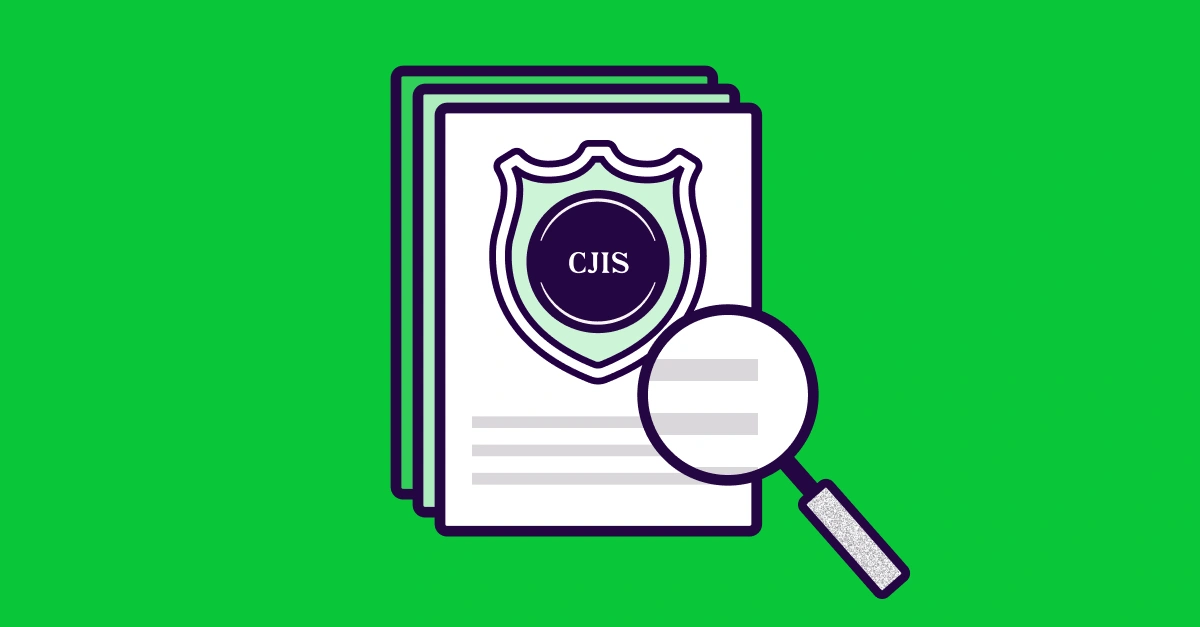Share this article

How Vanta empowers customer success
Accelerating security solutions for small businesses Tagore offers strategic services to small businesses. | A partnership that can scale Tagore prioritized finding a managed compliance partner with an established product, dedicated support team, and rapid release rate. | Standing out from competitors Tagore's partnership with Vanta enhances its strategic focus and deepens client value, creating differentiation in a competitive market. |
Compliance can be tricky business. We know firsthand how difficult it can be for fast-growing companies to efficiently pursue security and compliance. Before Vanta, companies were largely on their own when it came to compliance. In 2016, we started saving companies hours of time by automating security monitoring for certifications such as SOC 2, HIPAA, and ISO 27001.
But Vanta offers much more than automation. When you partner with Vanta, you get access to a dedicated team of compliance experts who are with you throughout the entire journey, and then some. It’s no accident that catering to the needs of customers is our first operating principle. Every customer win brings us closer to achieving our mission—to secure the internet and protect consumer data.
A holistic, personalized approach to customer support
Every customer’s compliance journey is unique. Although the destination may look the same, not everyone will take the same road, and actually, they shouldn’t. Your product, in-house talent, and security strategy are what differentiate you from everyone else. Achieving compliance goals is no different.
Vanta offers multiple avenues of support so you can hit compliance targets in a way that makes sense for you and your team. Need a full squad of compliance gurus to lead the charge? Let’s do it. Want to do most of the heavy lifting with a helping hand every once and a while? No problem. As a customer, you’ll have access to four branches of support.
Our Customer Success Team
Vanta’s Customer Success Team is the first and foremost source of compliance truth throughout your continuous compliance process. Our Success Team is different from most—they take a proactive stance when it comes to identifying and solving problems. At Vanta, the value and purpose of customer success extends far beyond simply responding to support queries. Your Success Manager is your trusted advisor who will advocate for your interests and make sure you have everything you need throughout each milestone of your compliance journey.
“The Customer Success team was always available to answer questions, offer advice, and keep us moving forward. I can't imagine going through compliance preparation and the audit without Vanta.” — Director of IT Operations, Small-Business Firm
Customers can contact their Success Managers at any time with feedback or questions. This information is then dispersed throughout the company to help us improve everything we do, especially when it comes to product updates.
Our Technical Support Team
Between cloud services, identity providers, mobile device management, and task tracking, your integration options are endless. No two tech stacks are alike. Vanta’s platform is designed to easily work alongside your native digital environment, and our Product Team consistently delivers updates to meet your needs.
But sometimes the solution requires more than “unplugging and plugging it back in.” And usually, the solution is needed now, not tomorrow. Our Technical Support Team has your back when it comes to making sure your system is properly interfacing with Vanta’s platform. We work hard to make sure you get a response from us in less than one business day. And when you do turn to us for help, we’ll go above and beyond to make sure you can focus on what matters.
“After weighing a lot of other options, Vanta had the most complete set of tools, a great user experience, and excellent customer support.” — Director of Product & Engineering, Small-Business Firm
Simply submit a request within the Vanta platform or the Help Center and we’ll work with you to solve any issues. You can also send an email to support@vanta.com or contact your Customer Success Manager.
Our in-house audit specialists
Choosing an auditor is a critical step in reaching compliance, but with so many options, it’s not always obvious how to move forward. For fast-growing teams, sometimes doing a deep dive into the auditing industry isn’t an option. That’s where Vanta’s audit and compliance specialists come in.
Our in-house subject matter experts have a wealth of knowledge about auditing, risk assessment, and cybersecurity—some have been auditors themselves. Vanta’s audit team is comprised of distinguished professionals who come from companies such as Deloitte, BSI, A-Lign, and many others. Regardless of which compliance standard your company is pursuing, our audit specialists can assist you in choosing an auditor, preparing for an audit, and maximizing your time along the way.
Our DIY Help Center and blog content
Customers have full access to our Help Center—a living hub filled with guides, checklists, tutorials, FAQs, and so much more. This comprehensive resource gives you fast answers to common questions and enables you to get as much value as possible out of your experience with Vanta. It offers information applicable to each phase of your Vanta journey, starting with onboarding, platform setup, testing controls, and audit readiness. You’ll also be notified about product updates and any upcoming events such as webinars.
Want to dive even deeper? Our blog offers a wide variety of content aimed at helping you become adept in all things compliance. Here you can find information on each compliance standard in addition to the latest industry trends and developments.
Learn how to secure your company
Security awareness training 101: Get your startup ready
Vanta’s 6 principles for pragmatic startup security
9 Security tips for startups





FEATURED VANTA RESOURCE
The ultimate guide to scaling your compliance program
Learn how to scale, manage, and optimize alongside your business goals.

















.png)
.png)
.png)








.svg)
.svg)
.png)
.png)
.png)